Water and Health Working Group
Our Mission
Water is the cornerstone of life, and safe drinking water and sanitation are crucial for the health of individuals and communities. The WICHPDF Water and Health Working Group is dedicated to protecting and enhancing the health of global water resources, ensuring that all communities have access to safe, clean, and sustainable water sources. Our focus is on protecting the intangible cultural heritage related to water resources while supporting the United Nations Sustainable Development Goals (SDGs), particularly Goal 6: Clean Water and Sanitation
Research
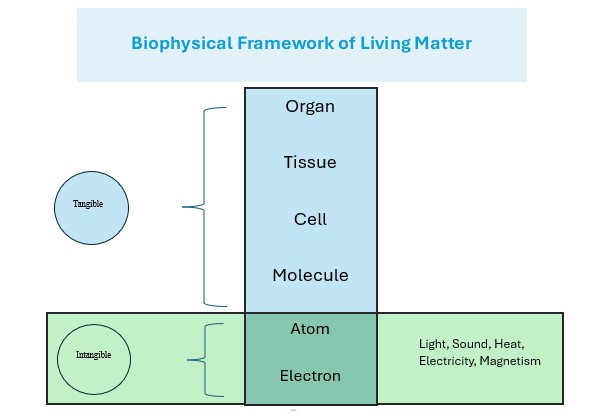 The research focus of the “Water and Health” Working Group involves “non-material” and “non-invasive” methods.
The research focus of the “Water and Health” Working Group involves “non-material” and “non-invasive” methods.
This unique global research initiative employs these methods to resonate various water sources using the hertz frequency of human cell vibrations with professional equipment. The goal is to alter the molecular structure of the water, creating small molecular cluster active water.
After humans recognized that water has both small and large molecular clusters, in 2000, American scientist Peter Agre took the world’s first high-definition 3D image of cell water channels and presented it to the world. His great discovery revealed the unique structure of this protein, which only allows small molecular clusters of water to pass through the channel, and it plays a vital role. Peter Agre and Roderick MacKinnon jointly won the 2003 Nobel Prize in Chemistry for this discovery. The Nobel Prize Committee said this is a major discovery that opened the door to the biochemical, physiological, and genetic research of water channels in bacteria, plants, and mammals.
Biochemists have unraveled this mystery: the water in the human body is divided into intracellular fluid and extracellular fluid. When water is consumed, it must enter the cells through a specific channel in the cell membrane. In other words, after a person drinks water, the body’s cells do not necessarily “drink” the water. If the water consumed happens to be small molecular cluster water, it can directly enter the cells; otherwise, it cannot enter the cells. Large molecular cluster water can only enter the cells after being transformed into small molecular cluster water through human activities, sunlight, and enzyme metabolism. The largest water reservoir in the human body is within the cells, accounting for about 75% of the total body water, and this reservoir contains small molecular cluster water.
Intangible governs Tangible
Everything in the tangible universe comes from the intangible. The intangible governs the tangible. (Intangible) When the meridians are blocked, (tangible) the blood will inevitably stagnate. Why can’t countless tangible medicines worldwide currently solve the problem of blood stagnation? Cardiovascular and cerebrovascular diseases have the highest mortality rates globally.
The research goal of the “Water and Health Working Group” is to use new scientific and technological methods that are “intangible,” “non-material,” and “non-invasive” to address issues related to “tangible” organs, cells, and molecules.
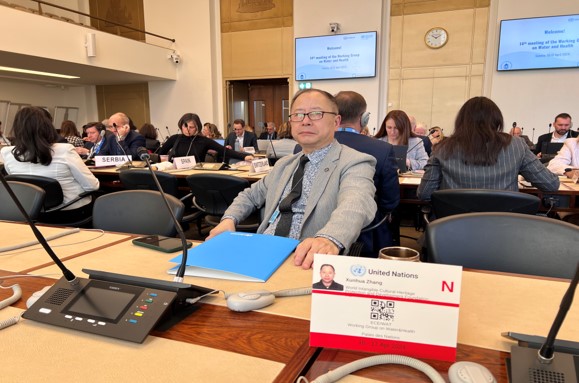
Xunhua Zhang at the UNECE 14th meeting of the Working Group on Water and Health, Geneva, Switzerland 16 – 17 April 2024
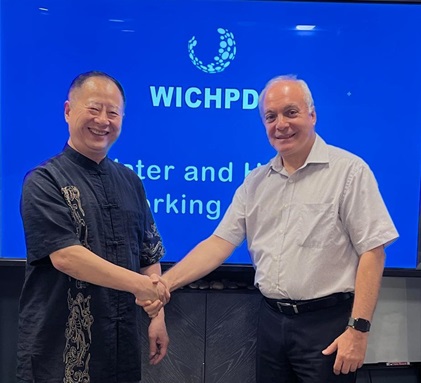
Xunhua Zhang (left) and Ali Afnan (right) Water and Health Working Group of WICHPDF
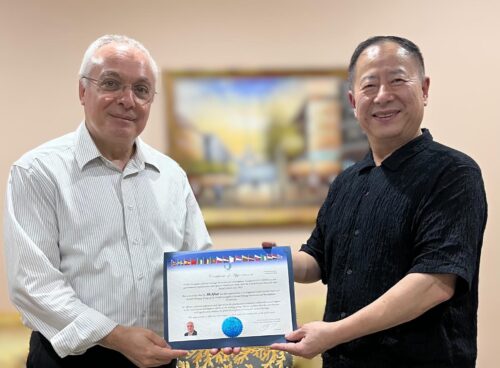
Xunhua Zhang (right) presents Ali Afnan (left) with the Distinguished Expert for the Water and Health Working Group of WICHPDF certificate of appointment.
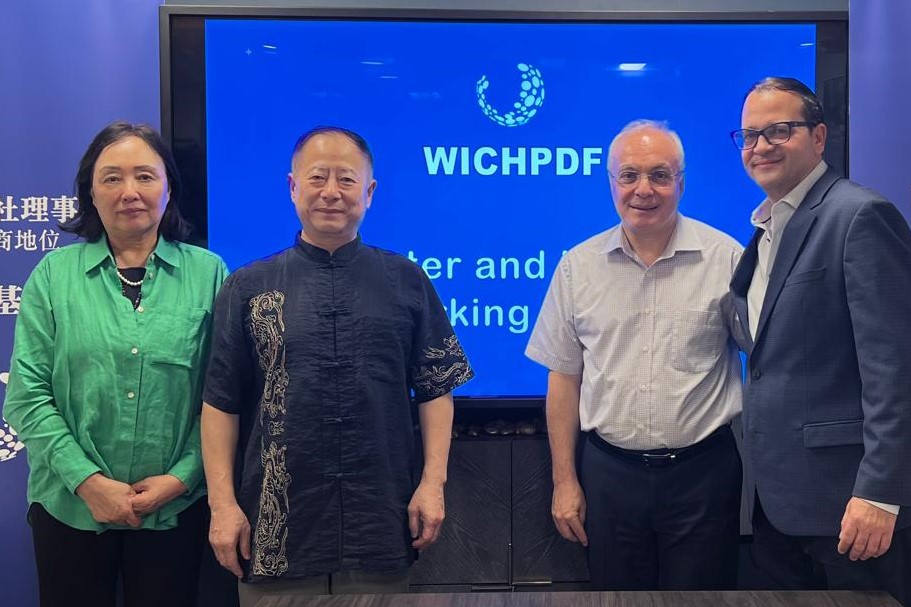
(Left to Right): Ying Wang, Xunhua Zhang, Ali Afnan, Marc Segelnick

